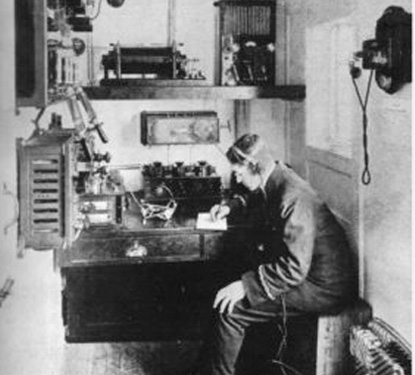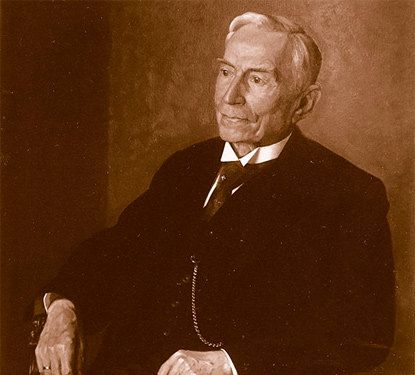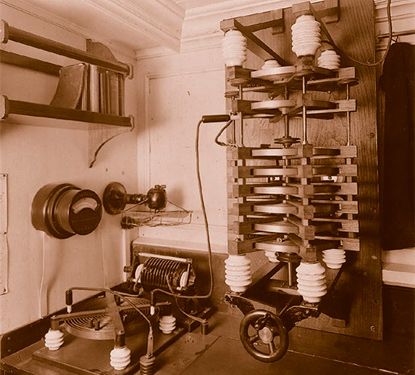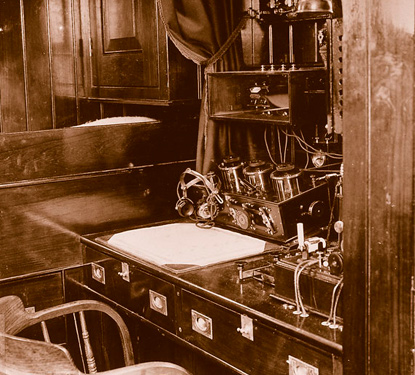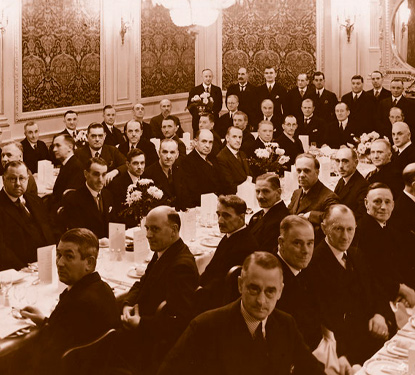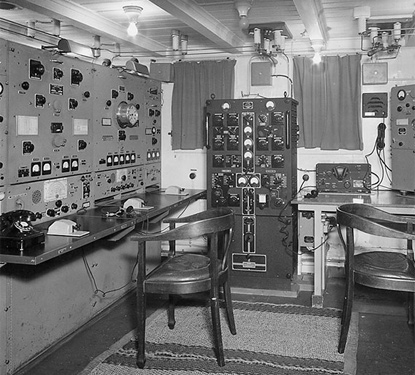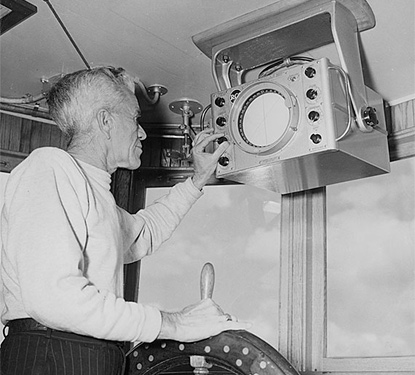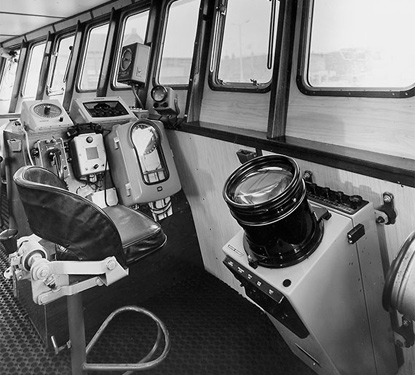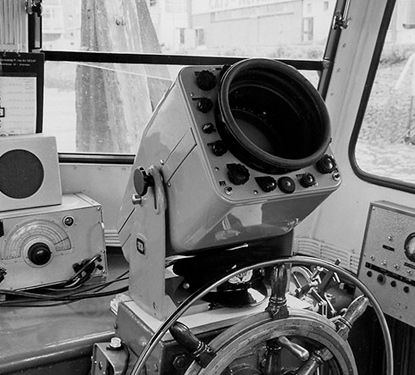The Beginning
At first, Marconi took care of the radio links on Dutch vessels. His company supplied the equipment and the wireless operator, took care of the maintenance and charged the transmission costs. But when the first world war started in the very next year this caused a problem. Because both the English and the Belgians were involved in the war, they could no longer look after equipment on neutral Dutch Ships.
“Tomorrow we’ll found the new company, Old Chap.” Which is apparently what Wackers said to his secretary, G. Fritsche on December 5th, 1916. The company was the Nederlandse Telegraaf Mij Radio-Holland (NTM RH). Wackers would be its first director.
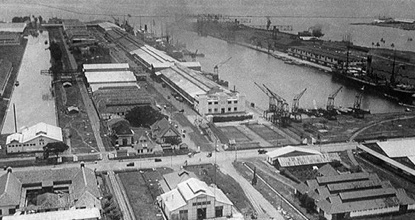
The First 10 Years
By the time of the tenth anniversary in 1926, one could say that the NTM RH’s first decade was a great success, with strong growth. In that year alone, RH processed some 170,000 telegrams, the company controlled 416 radio stations and employed over 300 wireless operators. Meanwhile, commercial and technical developments succeeded each other at a rapid pace.
’30s Life Goes on
At the beginning of the 1930s, there were some management changes. In 1930, Wackers resigned and was succeeded by Th.P. van den Bergh. But despite the recession, there was a continuing demand for radio equipment. Demand for telephony installations on fishing vessels increased as did demand from airlines.
Early 1930, Radio-Holland opened a central radio distribution installation in Curaçao, and shortly after, Radio-Holland became the official ANP (Dutch Press Agency) agent for Surinam.
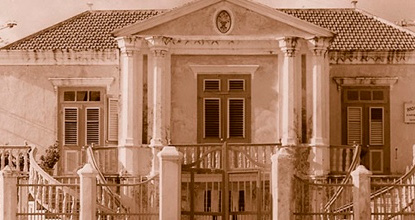
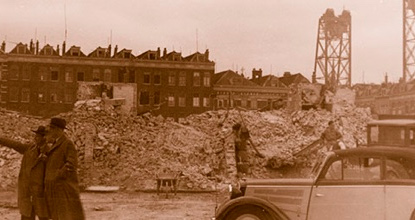
World War II
At first, the outbreak of war led to increased trade for Radio-Holland. The Royal Dutch Navy expanded, and many ship owners added a wireless operator to the crew. In May 1940, after a short struggle, Nazi Germany occupied Holland. The RH office was demolished when Rotterdam was bombarded, though, fortunately, there were no casualties. Chief inspector Meijer escaped to England just in time and he set up an office to be able to keep in touch with the wireless operators who were still on the high seas.
’50s Rapid Expansion
For Radio-Holland, the post-war period was one of the most substantial expansions. The fleet and hence the volume of traffic handled by the telegram service and demand for wireless operators grew enormously. To meet this demand, Radio-Holland made efforts to promote the profession and its training.
Radio-Holland participated in international conferences, International Chamber of Shipping, The CIRM (Comité International de Radio Maritime), and RAMAC, which, like the CIRM, were industry associations of radio companies all over the world.
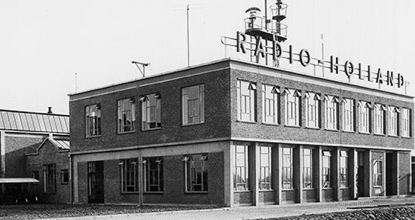
Introduction of radar
The most significant post-war technical development was the arrival of radar. During the war progress on developing the radar was increased.
A key development was the magnetron, as a result relatively small systems with sub-meter resolution could be built. After the war radar was soon adapted for general use.
’60s New Markets
Many Dutch ship owners, often with an elderly fleet, used this decade for an extensive program of new construction. Radio-Holland looked after the vital part of this brand-new shipbuilding, with communications and navigation equipment mainly under rental/maintenance contracts.
The wireless operator got the new rank of Radio Officer, and their number increased to a maximum of nearly 800. Radio-Holland also began paying attention to new markets, like yachting, offshore, survey, and nautical institutes.
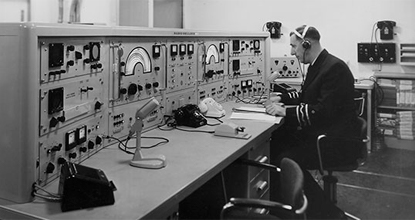
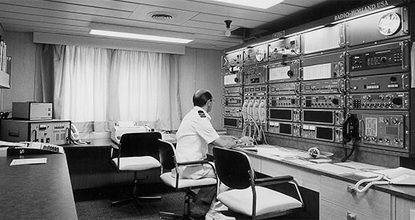
’80s Worldwide Services
From the start, Radio-Holland’s strategy has been to offer a complete worldwide service to clients. In those ports in which Radio-Holland had no office of its own, it could call on the local representatives of the company who repaired the equipment in question, or call on the RAMAC. The future Global Maritime Distress and Safety System, however, will shake this existing procedure to its foundations.
’90s End of an Era
For Radio Holland, the last 15 years have been a period of change and further growth. In 1992 parent company Nedlloyd focused on ‘core activities’ and sold RH to the Belgian company SAIT. Meanwhile, as technology advances in leaps and bounds, Radio Holland takes the vanguard, as usual. With the introduction of maritime computer networks on board, for example.
When GMDSS became a fact in 1999, the era of radiotelegraphy, morse code, and the radio officer on board, the era which brought Radio Holland to where it is now, came to a definite end. For Radio Holland it was full speed ahead…
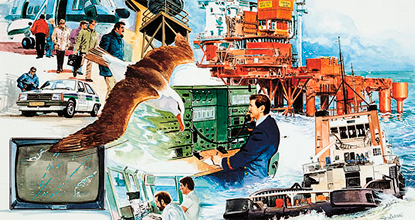
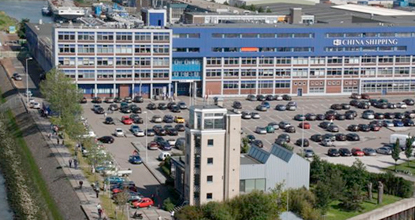
’00s New Horizons
In the first part of this decade, Radio Holland became an independent company after a management buy-out from SAIT-Radio Holland. Radio Holland launched a new airtime service for the maritime industry.
In 2006 Radio Holland was taken over by Royal Imtech and became part of the Maritime division Imtech Marine. Imtech Marine operated as a full-service provider and system integrator of tailor-made, innovative, and sustainable technology solutions covering the whole ship.
2015: A Rebirth
For years Imtech was a favorite on the Damrak stock exchange, but in August 2015, Royal Imtech ceased to exist due to bankruptcy. At the same time, it was announced that Imtech Marine would continue under new shareholders. On 12 August, Parcom Capital and Pon Holdings reached an agreement on the takeover of Imtech Marine and all its subsidiaries.
In November 2015, Imtech Marine announced its new company name RH Marine Group. Radio Holland kept its famous name and did introduce a new logo and branding.

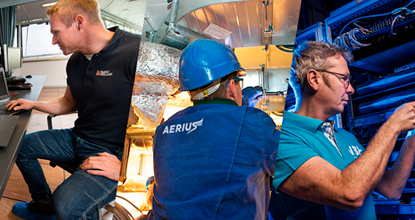
2020: Fully Part of Pon
March 2020, Pon Holdings acquired full ownership of the RH Marine Group. The business operations of the three acclaimed companies offer an excellent supplement to the established maritime activities of Pon and its extensive international expertise in the maritime and offshore sector, fueling further expansion of Pon’s maritime activities worldwide. Today Radio Holland is an independent operational company under the wings of Pon Holdings.
Radio Holland Historic Material Foundation
The history of Radio Holland is safeguarded by the ‘Radio Holland Historic Material Foundation’. This foundation is run by volunteers, mostly retired Radio Holland colleagues.
The aim of this foundation is to manage, organize and archive a collection that depicts the message traffic and navigation on Dutch ships and make this collection accessible to the public. The main focus of the foundation lies in the field of electronic navigation and wireless communication and their location on board ships from the introduction of wireless telegraphy up to and including February 1992, from which time the function of Radio Officer is no longer obligatory on-board vessels
More information about the history of Radio Holland can be found on their website.
